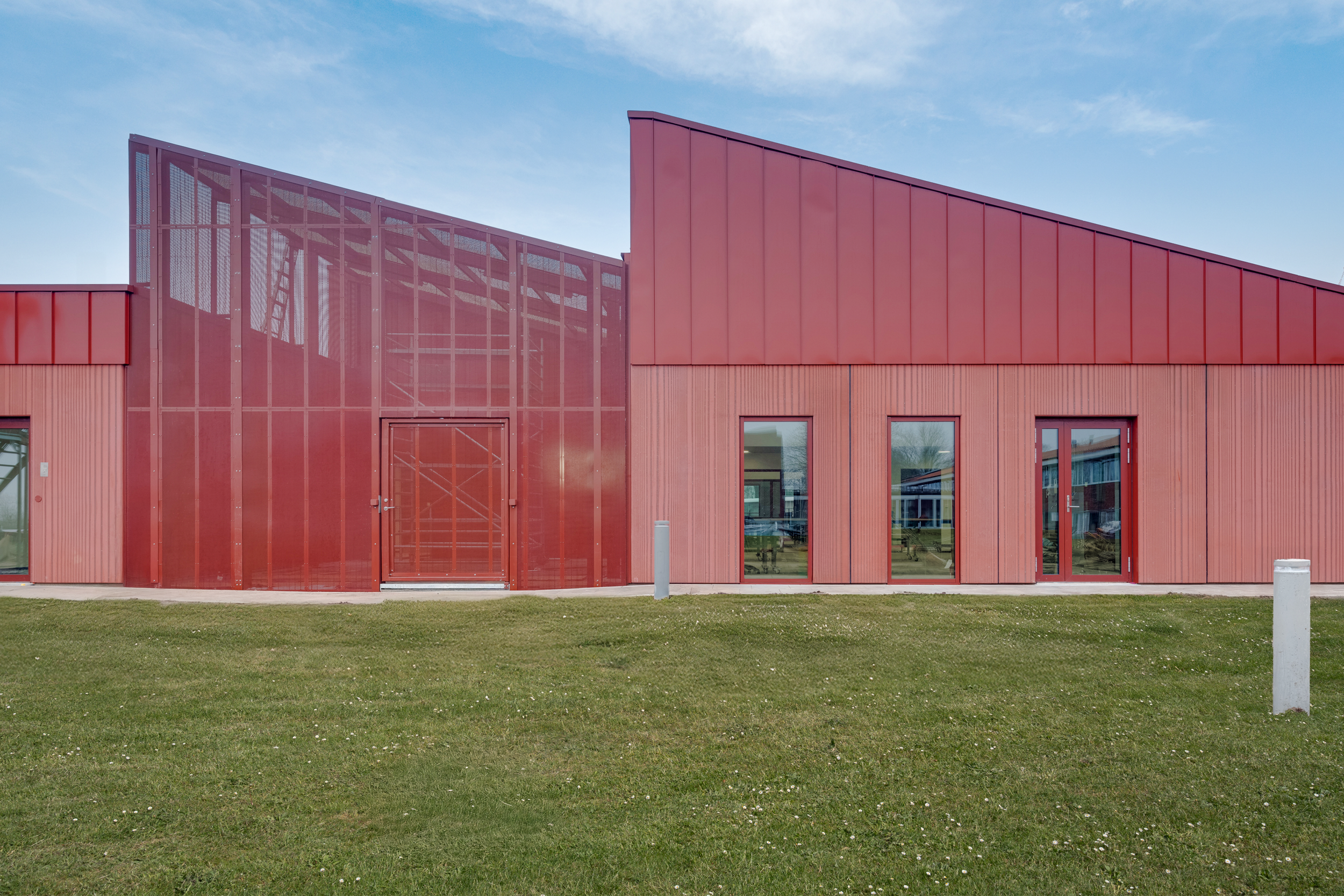Completion and Opening of the Extension of Ringe Prison
16.01.2025
Today marks the official inauguration of Ringe Prison’s expansion, adding 50 new cells across 10 sections to the facility. What began as an initial idea in 2018 has now become a reality—an achievement that holds deep significance for Alex Poulsen Architects.
“For us at Alex Poulsen Architects, this has been a project close to our hearts,” emphasizes APA´s partner and Design Director, Sonia Bom.
Building on a legacy
The expansion builds upon the original vision for Ringe Prison, designed in the 1970s by our firm’s founder, Alex Poulsen. At the time, architecture was pioneering in its emphasis on community and openness, reshaping the way prison environments were conceived. In keeping with this legacy, the new extensions integrate contemporary high-security principles while fostering a sense of peace and stability for both staff and inmates.
“It’s not every day we get the chance to build on something our studio designed back in the 70s,” continues Sonia Bom. “At the time, it represented a major shift in rethinking prison conditions, laying the foundation for today’s modern correctional facilities, where dynamic security, normalization, and resocialization are central principles.” The result is a modern correctional facility that is not only highly functional but also committed to creating a safe and humane environment.
A modernized facility
Originally opened in 1976 as a closed prison for young offenders, Ringe Prison will now serve as a facility for approximately 141 inmates sentenced to deportation. The new expansion adds 4,050 m², increasing both capacity and operational efficiency.
Alex Poulsen Architects served as the lead consultant and architect for the project, working in interdisciplinary collaboration with Viborg Ingeniørerne A/S, Molter Consult, and the client, Kriminalforsorgen, with S. Guldfelt Nielsen A/S as the main contractor.
This expansion represents a thoughtful evolution of Ringe Prison, balancing security, functionality, and a forward-thinking approach to rehabilitation.








